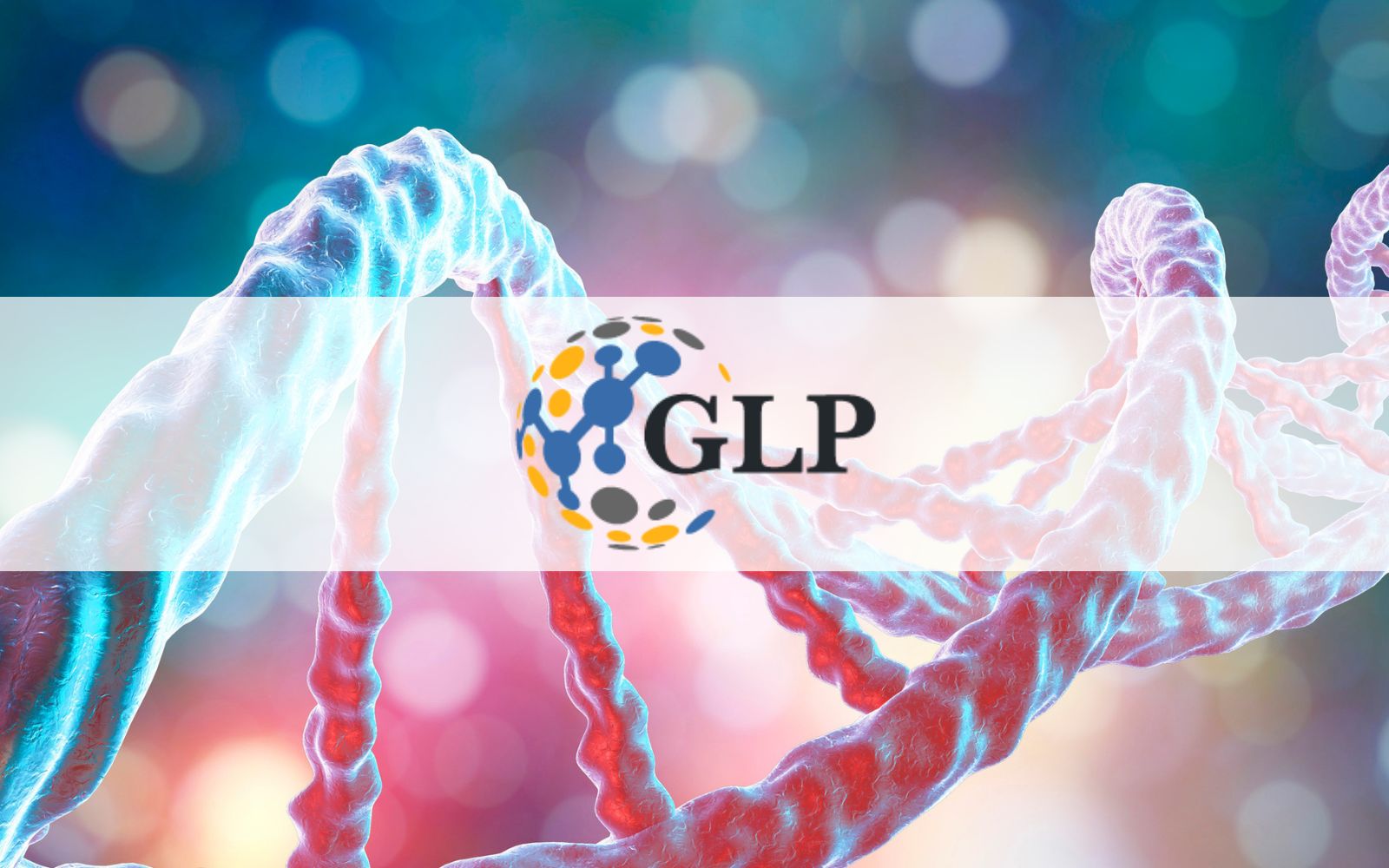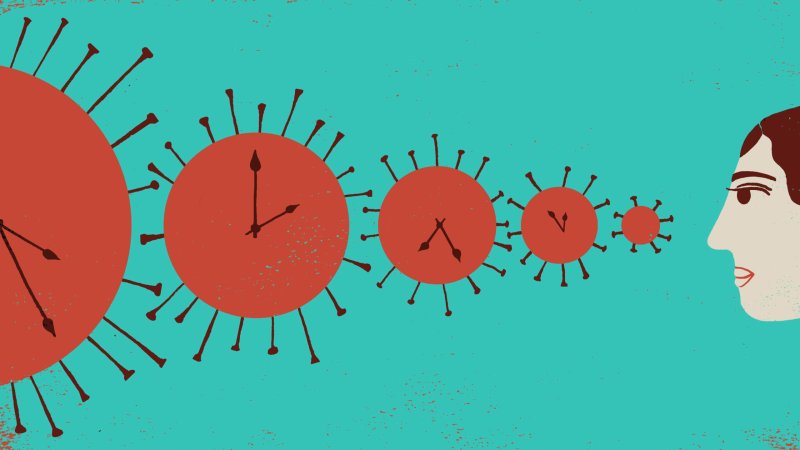“Omicron took us by surprise. It is at the next level, approaching the most transmissible respiratory virus humanity has ever seen. Has it reached its natural limit? I don’t know,” said Bronwyn MacInnis, director of pathogen genomic surveillance at the Broad Institute of MIT and Harvard.
COVID-19 isn’t over.
“The fact that Omicron emerged the way it did – in stealth mode for a year before it burst onto the scene – makes us wonder what else could be out there and what features it would have. Transmission leading to minimal infection is one version of the world we may need to get used to with COVID-19, but being vigilant about immune escape and more severe disease is what we are most concerned about,” MacInnis said.
I’ll give Kathy Hochul the benefit of the doubt – perhaps she consults the databases of new viral mutations and concludes that it’s ok to downplay fears for the future. But she may be unknowingly undoing one positive outcome of the pandemic – the powerful message to the public that science is not certainty.
There’s no such thing as “scientific proof,” and there never was – that’s more an advertising phrase used to pitch a drug or a detergent. With new evidence, conclusions, always temporary, change. And SARS-CoV-2 regularly reinvents itself. No matter how much we think we know, we can’t predict the future with 100 percent accuracy – not even a governor can do that.
Yes, artificial intelligence can consult the genetic code to predict exactly how a genome can mutate, even how those mutations might assort themselves – recombine – into ever more varied viral variants. But layer on the vagaries of natural and artificial selection (like vaccines), and the crystal ball clouds.
We don’t know what lies ahead for the no-longer-novel coronavirus.
MassCPR has regularly updated journalists since the pandemic’s beginnings, sporadically at first, then weekly with the Thanksgiving 2021 Omicron appearance and surge. Usually four of the dozens of physicians and scientists update us briefly, and then we ask the questions that lead to the headlines in the coming days. But MassCPR’s leaders felt okay, actually almost jubilant, with ceasing at the end of February this year.
The first of the five guises of Omicron was quickly fading away. Replacing it was subvariant BA.2, which spread even faster but didn’t make us any sicker, although genetically speaking it is quite distinct.
This week’s session began with the usual “weather report” from Jacob Lemieux, instructor in medicine at Harvard Medical School and infectious disease specialist at Massachusetts General Hospital.
“It’s been quiet time, but there’s also a sense that something may be brewing nationally.”
Although the numbers of COVID cases, hospitalizations, and deaths are plummeting, BA.2 is washing over the world – but it’s not been a simple “what happens in the UK happens in the US 6 weeks later.” CDC data tracker estimated the proportion of cases that are BA.2 in the US overall as 23 percent yesterday when I wrote the draft of this post. Today it’s approaching 40 percent.

Where will things go? Lemieux foresees a general transition over a month or two from BA.1 to BA.2. When that happens, he looks to current extremes to guess what might occur: The worst BA.2 outbreaks are in Brunei (part of Borneo), Hong Kong, the Philippines, and Denmark. The opposite situation is in South Africa, where BA.2 never got a strong toehold.
“Although we are in a relative low, when you look closely at the data, for the first time we are seeing a sign that we have reached the nadir and are on the upslope in a few places, including Rhode Island, Arkansas, Colorado, Maine, and Vermont. We don’t know what will happen in the coming weeks or months,” Lemieux said.
MacInnis pointed out that BA.2 cases, now the majority of infections in New England, are doubling every 6.8 days, with no increase in the number of cases or deaths. But the trend is tricky to evaluate and compare to times past because of massive changes in testing and behavioral patterns.
“Are we out of the woods? It’s too soon to know,” MacInnis said, echoing Lemieux. “There could be another curveball coming at us. Recombinant viruses in a few corners of the world are a new flavor that the scientific community needs to grapple with. Recombinant viruses open new questions.”
Amy Barczak, assistant professor of medicine at Harvard Medical School and infectious disease specialist at Mass General and the Ragon Institute of MGH, MIT, and Harvard, agreed with MacInnis and Lemieux, but apparently not New York’s governor, that “new variants will continue to emerge and drive new surges.” And that will bring a slew of new unknowns:
• Transmissibility
• Resistance to vaccines and treatments
• Duration of immunity from vaccines or infection

SARS-CoV-2 surprised in ways other than hiked transmissibility.
“As more people got immunity, it wasn’t surprising that we started to see viruses become better at transmitting to people who were vaccinated or survived. What is surprising is how fast this happened and how creative the virus was in coming up with ways to infect people who had immunity, and how much the spike protein tolerated lots of mutations. That opens the question that if SARS-COV-2 could tolerate so many mutations in Omicron, could it tolerate more? In other places? A completely different set of 30 to 50 mutations?” asked Lemieux. He recently attended a workshop at the NIH where 20 molecular virologists concluded that no one knows just what this virus is capable of.
“Omicron was not a predictable step on an evolutionary path that anyone saw coming” said MacInnis.
When it comes to COVID, I’m afraid the only certainty we have is the unrelenting uncertainty.
Lemieux calls for Congress to pick up the ball on the stalled funding for preparedness and response. “If you’re coming out of a curve on a road and can go faster, that doesn’t mean you stop looking at the road. You must prepare for the possibility there may be a curve coming. One thing we know about this virus is that there are curves coming.”
It seems as if we are moving towards a compromise lifestyle in which most people return to some version of normalcy, while those of us at higher risk of infection and serious disease avoid exposure. I’m relieved to know that while our governor seems certain that the worst is over, the experts are still carefully scrutinizing the changeling pathogen.
Ricki Lewis, PH.D is a writer for PLOS and author of the book “The Forever Fix: Gene Therapy and the Boy Who Saved It.” You can check out Ricki’s website and follow Ricki on Twitter @rickilewis
A version of this article was originally posted at PLOS and has been reposted here with permission. Follow PLOS on Twitter @PLOS































